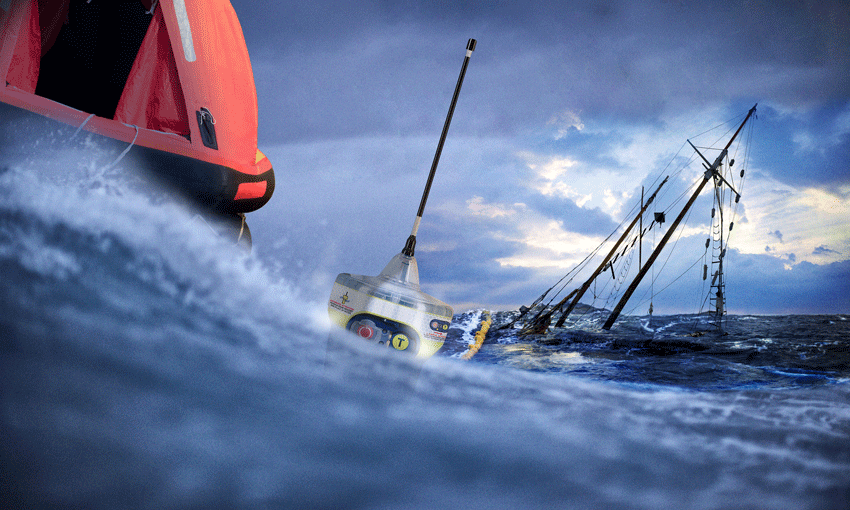A REMINDER that from 1 January 2021, float-free emergency position-indicating radio beacons (EPIRBs) will be mandatory on certain types of domestic commercial vessels.
This change to safety requirements has come about in response to tragic incidents where commercial vessels have sunk too quickly for the master and crew to deploy their EPIRB in time.
After consultation with industry in early 2019, it was agreed that these new requirements would be introduced with a two-year transition period.
The new requirements
Class 1, 2 and 3 vessels must have a float-free EPIRB if they are:
- Equal to, or greater than 12 metres and operating beyond two nautical miles from land, or
- Less than 12 metres and operating in B or C waters without level flotation.
Class 4 vessels must have a float-free EPIRB if they are:
- Equal to or greater than 12 metres and operating in C waters;
- Less than 12 metres and operating in C waters without level flotation.
If your vessel is less than 7.5 metres long (all classes) and does not have level flotation, you can carry a GPS-equipped, manual, or water-activated EPIRB in a manual bracket, instead of carrying a float-free EPIRB. However, this option is only valid if everyone on board is wearing a lifejacket or PFD. These new requirements don’t affect those required to carry an EPIRB in their manually activated life raft.
Purchase your float-free EPIRB sooner rather than later
- Don’t leave it to the last minute to purchase your float-free EPIRB, as your local stockist may have to order it in.
- You must have the right EPIRB on board on 1 January 2021.
Fitting of float-free EPIRBs
A float-free EPIRB is fitted in a bracket with a hydrostatic release unit and a water-activated switch. It automatically activates and floats free to the water’s surface when a vessel capsizes to a depth of between one and four metres.
Float-free EPIRBs can also be removed from the bracket and manually activated without being submerged in water. The EPIRB bracket must be fixed to your vessel where it has less risk of getting caught up in rigging or other parts of your vessel when it floats free.
It is important that you follow the manufacturer’s instructions when fitting your float-free EPIRB. An incorrectly fitted device can accidently activate if the EPIRB and bracket aren’t properly aligned and mounted.
Make sure you register your EPIRB
All EPIRBs and personal locator beacons (PLBs) must be registered with AMSA every two years.
Keep your registration details current
If you activate your emergency beacon the AMSA Response Centre (ARC) will refer to your registration details to find out what kind of vessel they are looking for and who may be on board. They will also call your emergency contacts to verify whether the activation is inadvertent or a real emergency. The more information the ARC has in a search and rescue situation, the better.
You can easily update your registration details or add trip details at any time. Registration is free. To register your beacon or update your details call 1800 406 406 or visit beacons.amsa.gov.au
Don’t bin your EPIRB
When you upgrade to a float-free EPIRB, don’t get rid of your old EPIRB if it still has battery life. Keep it as an additional safety device in your grab bag, in your life-raft or tender vessel. If your EPIRB has expired, properly dispose of it by following the manufacturer’s instructions to disconnect the battery and then dispose of it appropriately. Each year accidental EPIRB activations cost our search and rescue agencies a lot of time and money, including searching rubbish tips for EPIRBs that have been thrown in the garbage incorrectly.
Learn more about the new float-free EPIRB requirements: amsa.gov.au/float-free

